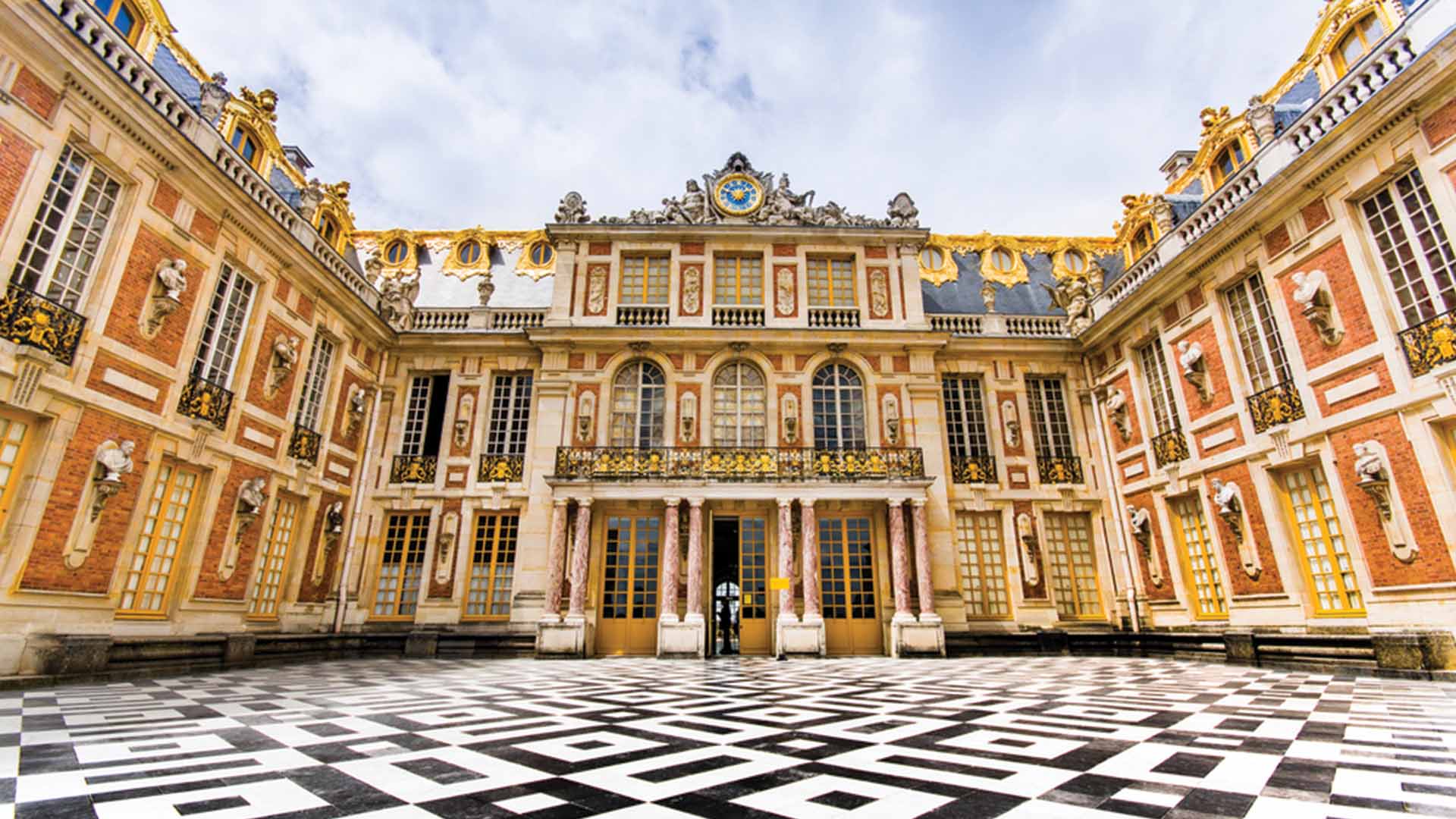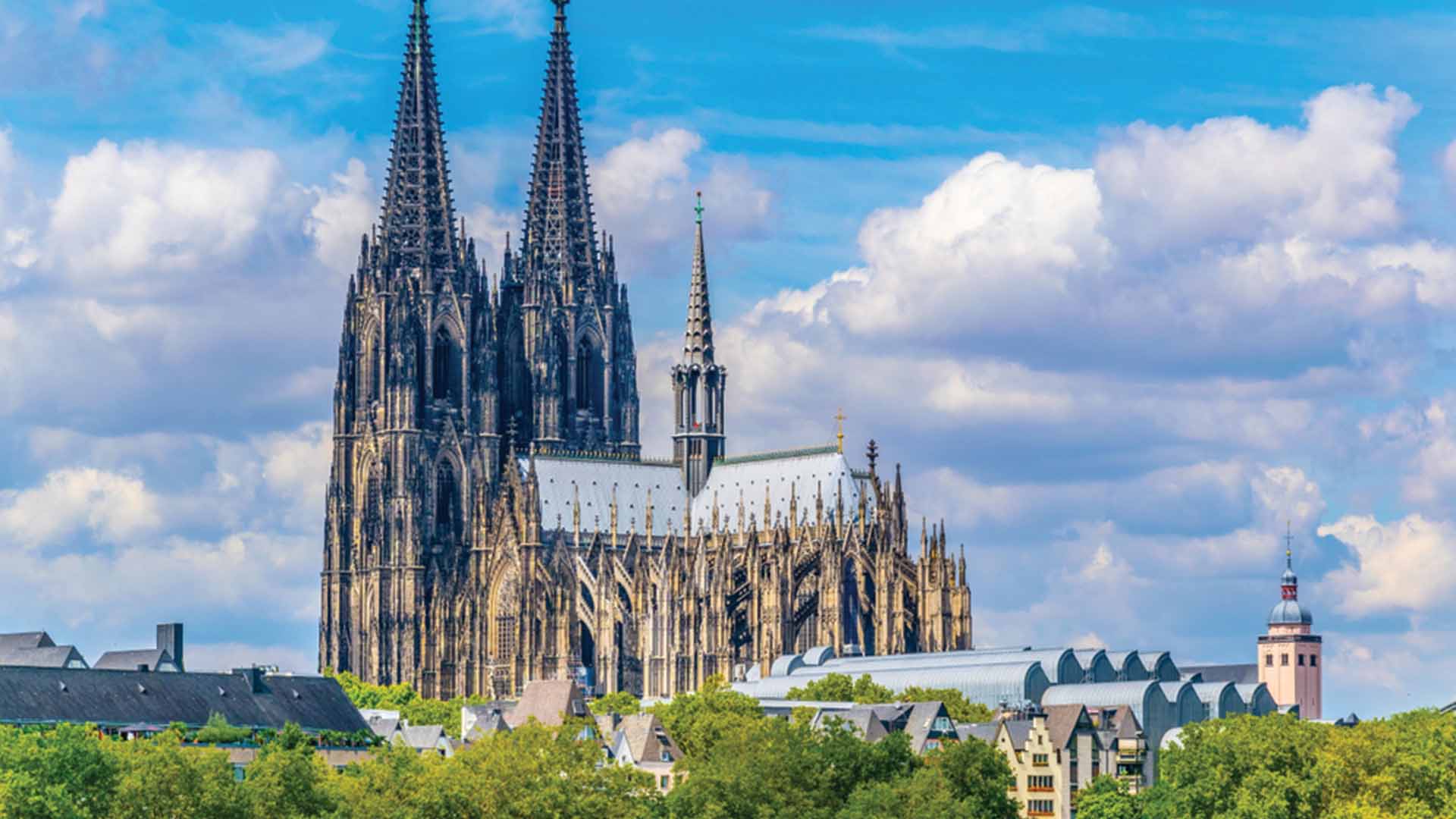Art and architecture have long influenced each other throughout history. Unique architectural designs have inspired artists and made their way into paintings throughout history such as Van Gogh’s Cafe Terrace at Night or Hans Vredeman de Vries’s Fountain in the Courtyard of a Palace. The reverse is also true, art and artistic movements have inspired architectural designs that still remain standing today. Here are a few architectural marvels whose design was originally inspired by an art movement during the time period of its construction.

Casa Batlló, Spain
Designed by architect Antoni Gaudí, Casa Batlló was heavily inspired by the Art Nouveau movement. Art Nouveau is an art movement that inspired both art and architecture from 1890 until World War I. The movement was characterized by organic and intricate designs with ornate interiors and extravagant treatments. Located on the Passeig de Gràcia in Barcelona, the design of Casa Batlló alludes to the legend of St. George and the Dragon with its colorful pieces of broken ceramics and scale-like roof tiles.

Palace of Versailles, France
The design of the famous Palace of Versailles was partly inspired by the Baroque Art Movement (also known as Baroque Architecture). The Baroque style, which was a popular art and architectural style from 1600 until the 1740s, was known for its clear detail and exaggerated motion used to display drama, emotion, or grandeur. Both the Palace of Versailles’s Marble Court and the facade of the first Chateau were designed by French Baroque architects, Louis Le Vau and Jules Hardouin-Mansart.

Chrysler Building, USA
The Chrysler Building, located in New York City, US, was influenced by the Art Deco Movement, which originated in the 1920s in Western Europe and the United States. This art and architecture movement was known for its sleek and modern designs that emphasized symmetry and simplicity. The influence of this movement can be seen in the decorative metal cladding on the facade, steel ornaments, and African red granite interiors.

Cologne Cathedral, Germany
Aside from being the largest Gothic church in Northern Europe, the design of the Cologne Cathedral in Germany was influenced by Gothic Art. This medieval architecture and art movement originated in France and was known for architectural features like barrel and ribbed vaults, ornate decorations and windows, pointed arches, and heavy stonework. The Cologne Cathedral was built to include many Gothic staples of the time including stained glass windows, flying buttresses, tall spires, and high-ceiling vaults.
Discover the World of Creation, and uncover the history of ancient painting, calligraphy, and pottery.




